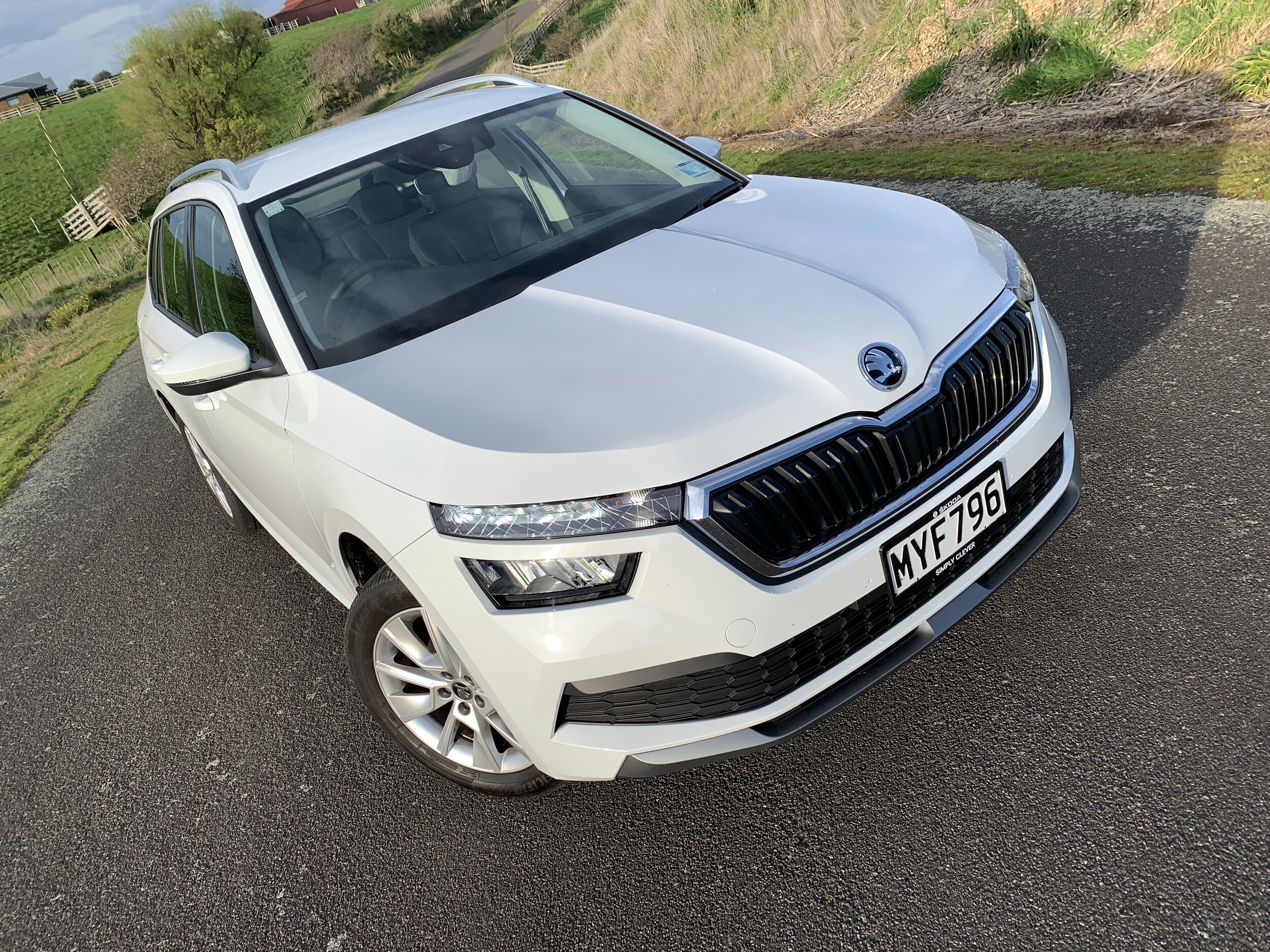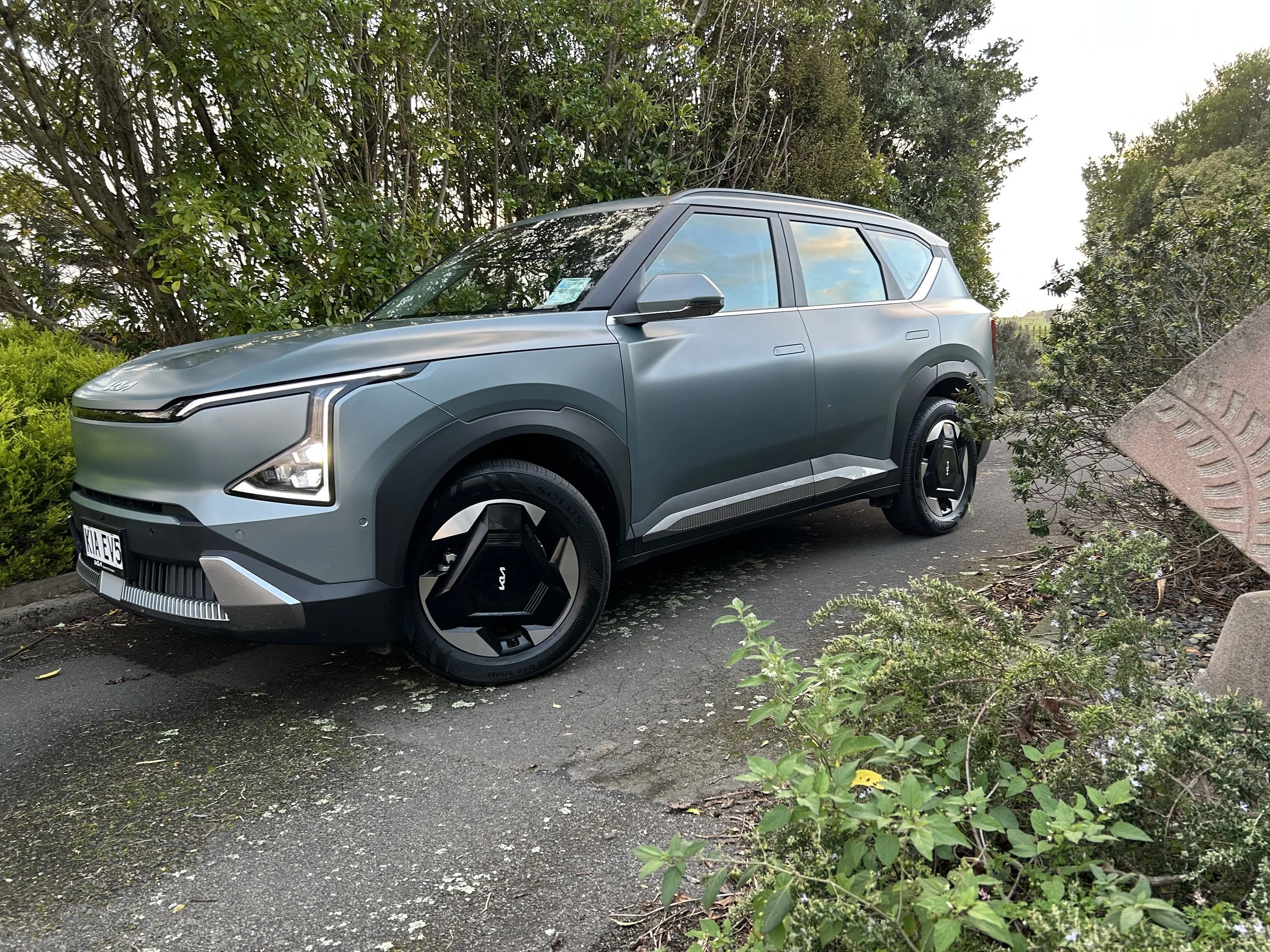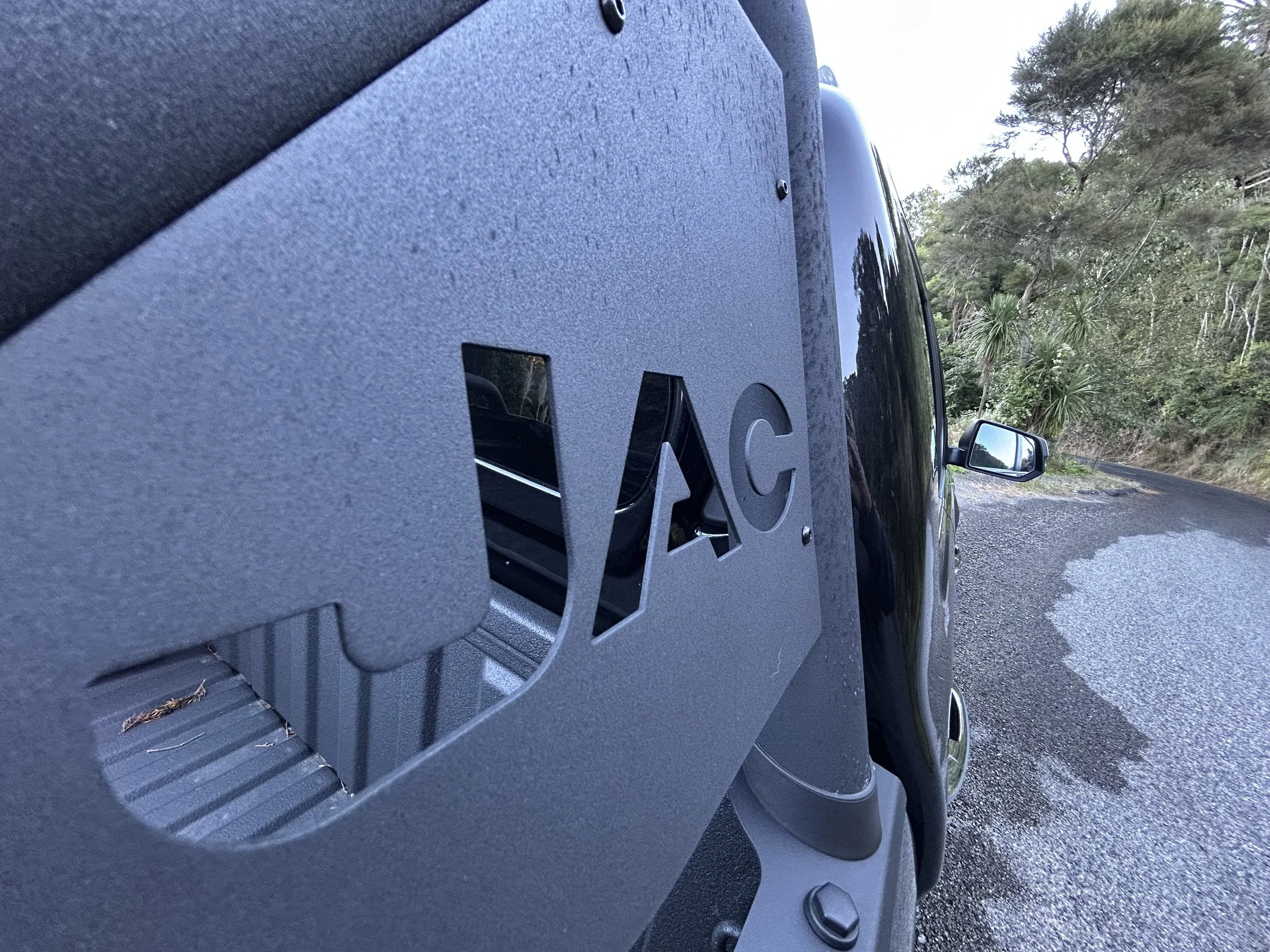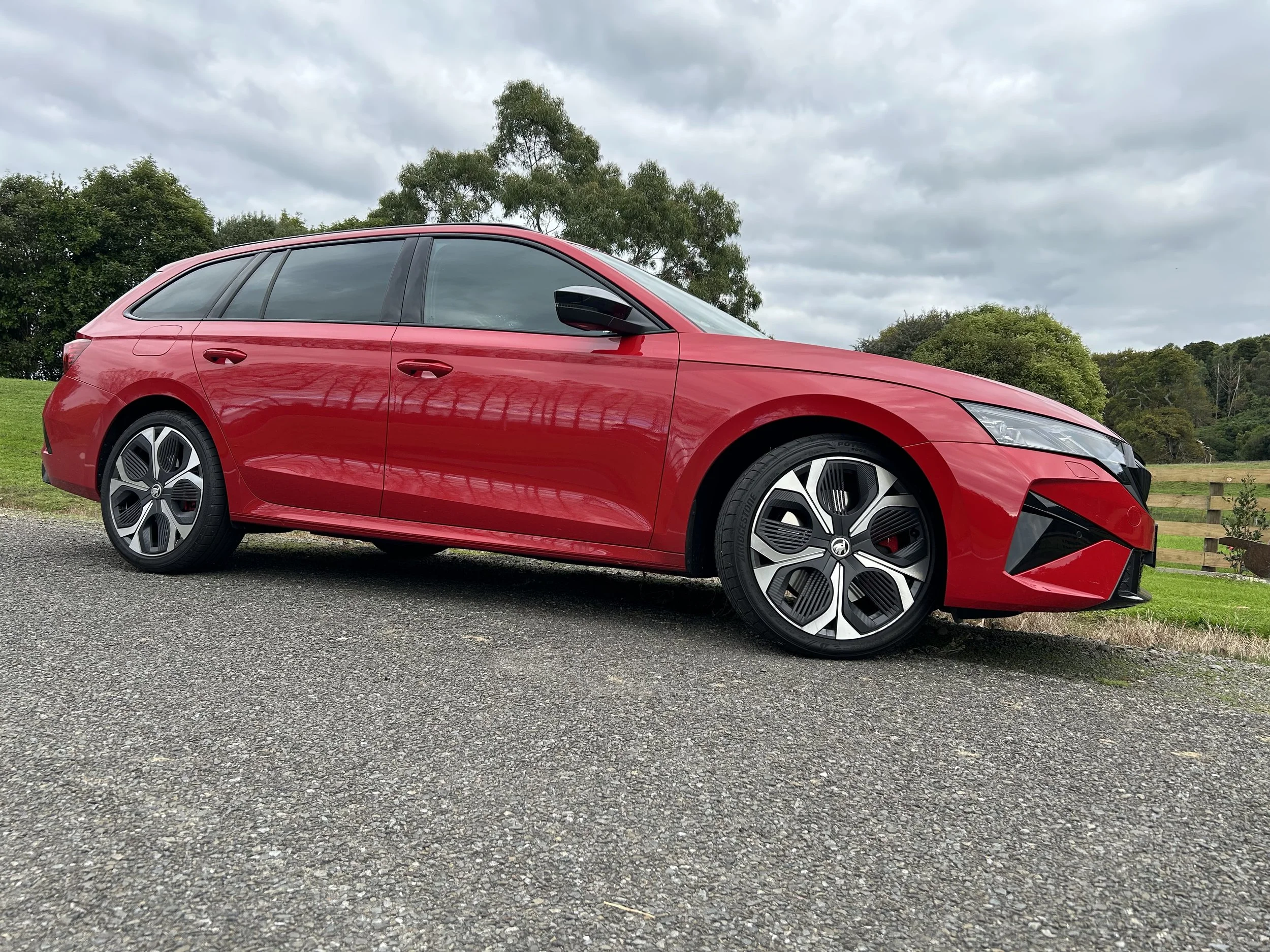Skoda Kamiq: Big on aspiration, but ...
/As much as the mid-level variant’s designation suggests optimised ambition, perhaps a touch more still wouldn’t hurt.
Skoda Kamiq Ambition Plus
Price: $36,990
Powertrain and economy: 1.5-litre turbo-petrol inline-four, 110kW/250Nm, seven-speed dual-clutch automatic, 2WD, combined economy 5.8L/100km, CO2 131g/km.
Vital statistics: 4241mm long, 1988mm wide, 1553mm high, 2651mm wheelbase, luggage capacity 400 litres, 17-inch alloy wheels.
We like: Effervescent and economical powertrain, roomy interior, quiet running.
We don't like: Dull interior trims, undersized infotainment screen, incomplete driver assist provision.
NOT too much, not too little – as the middle child version within the three-strong family representing Skoda’s smallest crossover, the Kamiq in its Ambition Plus configuration should occupy a sweet spot.
The less expensive of two derivatives running the strongest engine, a 1.5-litre petrol, kit-wise more in tune with the 1.0-litre base car and cost-wise at the dead centre, $6000 less than the Monte Carlo flagship, $6000 more than the entry car.
Outwardly, then, the most pragmatic selection from a brand that aces as a sensible choice; the perfect stop for those seeking a practical, versatile family transport in a compact, affordable package.
And yet … somehow, not quite.
Why? Let’s get back to that. First, let’s say the Kamiq in general is a good addition within Skoda SUV-dom. Entering a sub-sector that’s winning a lot of attention, it’s also sure to ride comfortably into action.
Yes, there are a huge host of potential rivals, yet it delivers with quiet commitment to making a good fist of being the best kind of Skoda: A car that stands out without ever doing anything overt to draw attention to itself. Different, but not weird. Well-designed, but nothing dramatic.
The look is familiar. Who mentioned Russian Dolls? Well, yeah, in respect to the general body design, it looks as much like a smaller Karoq as that car comes across as a three-quarter scale Kodiaq. But don’t go thinking Skoda design is a cushy job involving little more than rescaling blueprints on the company photocopier. The general ethos might not have changed, but there’s a lot of evolution happening here. Just look at their faces, for instance.
Putting the dipped beam projectors just above the daytime running light strips, as part of one combined unit, has been the look affected by the Karoq and Kodiaq. On the Kamiq, though, the DRLs are above and the headlights themselves sit – separately, but only barely – just below. A minor tweak, perhaps, agreed, but one that has massively dramatic effect of making the baby immediately look the more modern.
Same goes inside. The general ambience is samey, yet the new baby has some sassy in-cabin design improvements - such as a smarter infotainment touch screen - that are destined to feature in the Karoq next.
All this and the model’s name - Kamiq comes from the Inuit language spoken in Greenland and northern Canada and means ‘perfect fit’ – would seem to relay impression that a lot of the special K flavour from the bigger models has filtered into this newbie.
Yet, while true in general ambience, it’s not quite right in respect to overall ability. As a spin-off from the Scala hatch, Kamiq builds upon the VW Group MQB-AO platform, designed for small cars. This delivers plenty of pluses, yet also means it can only have front-wheel drive and torsion beam rear suspension.
So even though it has some electronic assists to help reduce wheel slip on challenging surfaces, it’s not at all up to emulating the off-road adventure abilities that are a given with the larger lookalikes. Likewise, with such a light frame and a modestly-oomphy engine, which revs hard but hasn’t a lot of low-down pull that you’d get with diesel (which doesn’t offer in our market), it doesn’t have the same towing credibility.
Still, being crossover-lite is hardly breaking against sub-category convention; if anything, it means this model is running at common pace with everything else it directly sells against.
If you only want a car such as this for mainly urban fossicking and there just one or two people using it for the majority of the driving time, then the Kamiq sells itself quite well. The performance is good, the car’s external dimension is perfect for zipping around built-up areas and fitting into tight parks and, space-wise, the cabin keeps up established Skoda hallmarks.
Though front seat occupants are seated a little closer to each other than in a Karoq, it seems to pretty much have as much head and leg room up front as the larger car and proved pleasant for adult-sized rear seat occupants even with a tall driver. That Kamiq rides 37mm higher than Scala with which it shares its underpinnings and also has raised seating also means it fulfils the all-important remit of delivering a SUV-ish aura, though ultimately it is quite ‘ish’ in that respect.
Chuck in a 400-litre boot, with a useful reversible floor mat (rubber one side, carpet the other), and 60:40 split rear seats that can increase the cargo capacity to 1395 litres and it’s really on target as a particularly decent choice among compact crossovers that might even feasibly act as a family’s only car. Assuming you want that with a SUV flavour. If not, then there’s the Scala.
The equipment provision is intriguing and is potentially this derivative’s weak point.
It’d be churlish to scold Skoda NZ for determining a commitment to piling in a load of active and passive safety features as a priority. The Plus doesn’t tick every box, but it has almost all the good gear, with a lane keeping device, fatigue alert, seven airbags, cruise control, AEB along with collision avoidance.
Notwithstanding, it’s a pity the brand’s largesse doesn’t reach to blind spot monitoring, rear traffic alert and active cruise control. The Plus can, be ordered with these, but obviously inclusion has to happen at time of assembly, so conceivably most potential buyers won’t bother. At best, you’d have to wait four years between box-ticking and the car’s arrival.
As things stand, then, you can either accept the Ambition Plus as is, or take a deep breath and spend that extra $6k and buy the Monte Carlo. Frankly, the temptation would be great: As much as the flagship is priced to the point of almost being precariously placed, it seems to be the better deal. On the equipment side, it has all the stuff you might wish wasn’t absent from the mid-range model and a lot more: A panoramic sunroof, adaptive LED headlights, tinted windows, front parking sensors , adaptive dampers, a bigger centre infotainment screen with much better resolution and black carbon sports seats.
On top of that, the Monte’s cabin is trimmed far more nicely; I normally don’t mind cloth trim, but the quality and colour of the furnishings in the Ambition Plus on test were disappointingly dowdy. They’d probably pass muster were the car aiming at fleet interest but, of course, that generally doesn’t happen. Private buyers just want a bit more pizzazz and flair than this car was able to present.
For sure it’s not billy basic. Though the infotainment display is meanly-sized, it does a good job of supporting Apple CarPlay. And some of Skoda's 'Simply Clever' touches (door-edge protectors, an umbrella in the door, a torch in the boot and more) also still provision.
The four-cylinder TSI engine operates well enough with the seven-speed DSG automatic to support conjecture it’ll be the bigger seller. Performance is adequate, rather than pacey, but with a sub-ten-second 0-100km/h time and good midrange responsiveness, it's a good engine. Smooth from idle to redline and keen to slip into fuel-saving cylinder deactivation mode when it gets the chance, a sequence that you might not even twig to if it wasn’t signalled on the dash display, because the refinement barely erodes.
The car’s overall quietness is set to be a selling point. Moreso than the general driving characteristics. It’s tidy enough – little understeer, lots of grip, nicely-weighted steering and good pedal feel – and is up for being driven at a tidy clip, yet seems less vibrant and informing than the VW T-Cross and SEAT Arona which share this platform. It’s fine, but not flamboyant.
That’s often the Skoda way, of course – this is a brand that aces in understatement, after all - and while some might think it a bit too dull, undoubtedly others will find appeal in how it gets the job done with quiet, grown-up efficiency.
For all that, the Ambition Plus would be all the more appealing were it meted just a little more pizzazz. As much as it has a good drivetrain, decent interior space, it would be better with a slightly stronger equipment list and some high-quality fixtures and fittings.


























